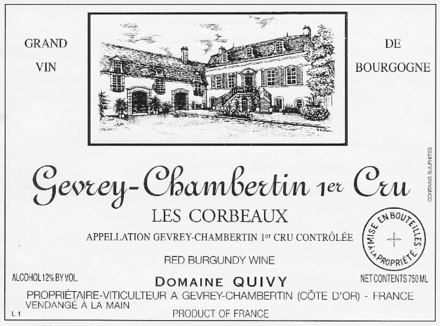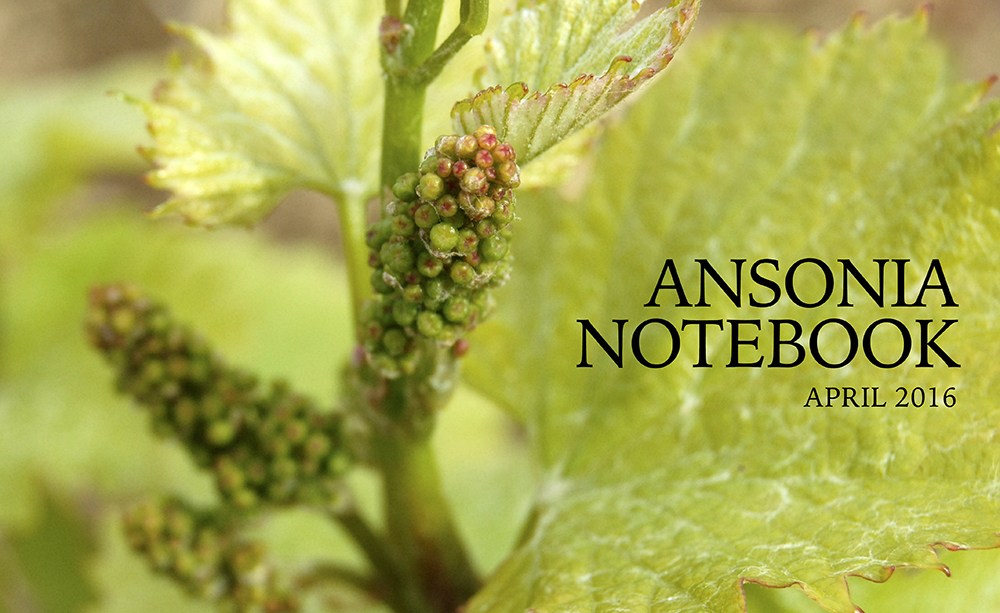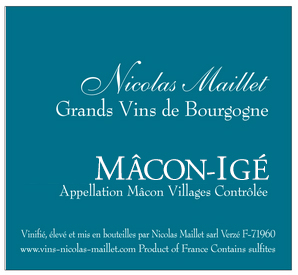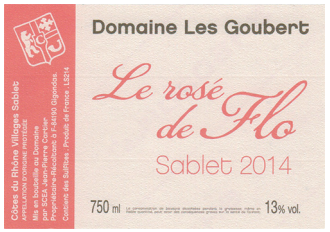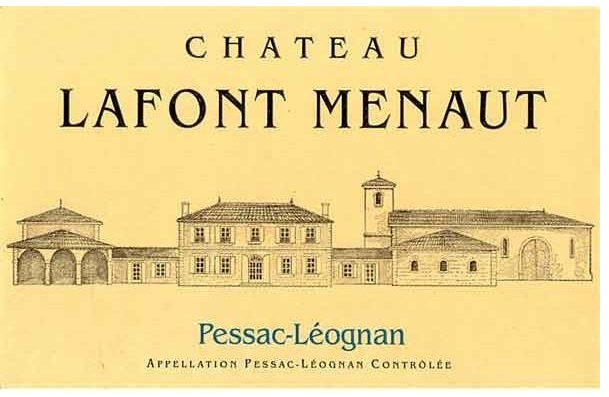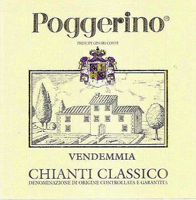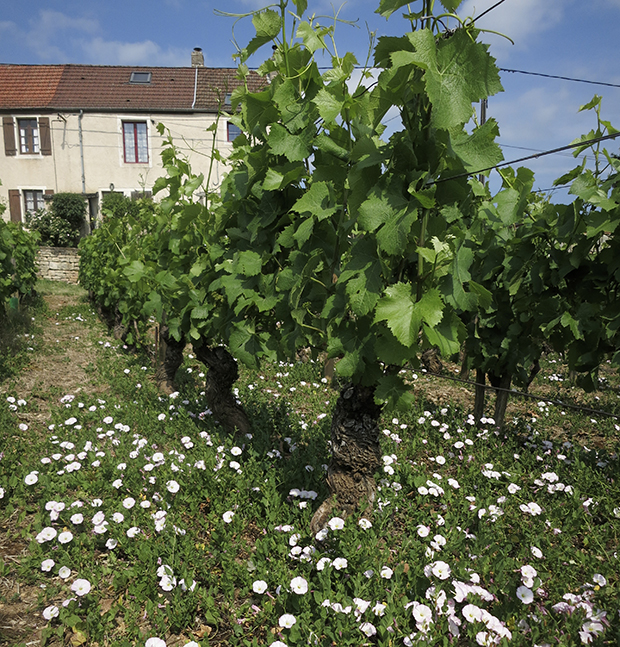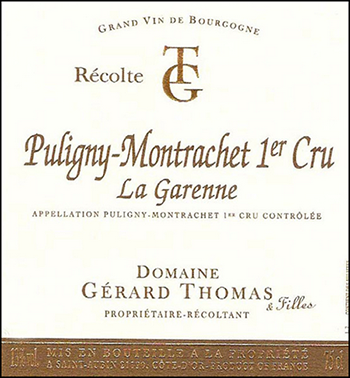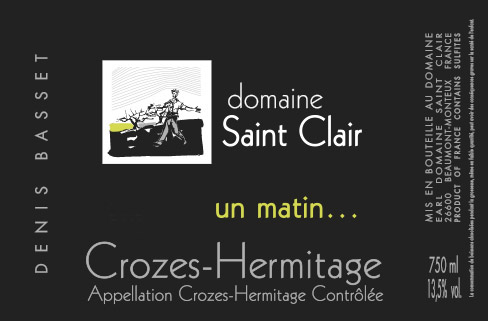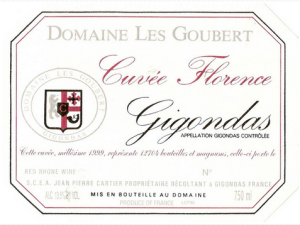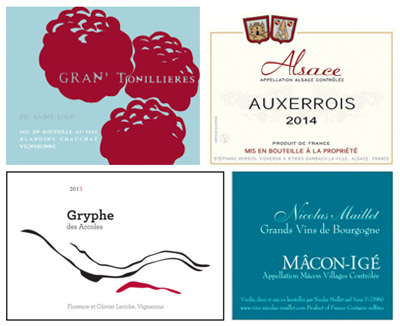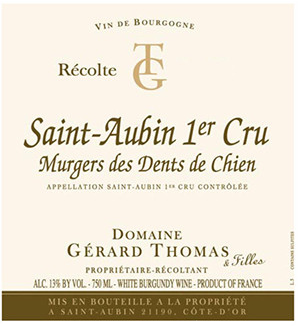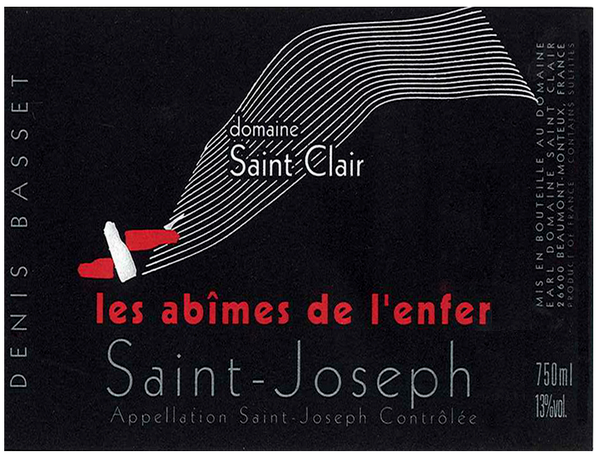It was perhaps inevitable that breadmaking would join our list of minor obsessions. Bread and wine have far more in common than the ecclesiastical: both are the product of fermentation; both mix art and science; and both reward success with sensory delight.
Philadelphia’s Metropolitan Bakery is on a surprisingly short list of things we miss about trading life in the city for life on the coast. That’s not to say that no good bread is to be had here; in fact Portland’s Standard Baking Company makes bread of comparable quality, and our local shop in Brunswick brings in Standard’s bread every day. But Metropolitan’s baguettes combine a crunchy crust with a savory crumb in a way that is unexcelled in our experience (which includes a very large number of French baguettes). We asked once about the yeast they use, and were told that all of their breads use sourdough, but at varied stages of ripeness. This fact lay filed away until recently, when inspiration arrived in the form of a yen to try our hand at the ancient culinary exercise of breadmaking.
.

Our adventure relies heavily on Tartine Bread, a book by Chad Robertson. He’s a San Francisco baker whose obsession with bread led him through successive apprenticeships in the Berkshires, Provence and the Savoie before his return to the States to open a bakery in Point Reyes. His style relies on traditional French bread making techniques, all of which use a wild yeast leaven (sourdough). This yeast doesn’t come from the store; it comes from the air, from your hands, from the place you live.
We’re lovers of terroir, so this sounded great. Our Harpswell starter began with equal parts wheat and white flour mixed with local water by the fledgling breadmaker’s own hands. After about three days’ gestation we were the proud owners of a living thing with a yeasty, boozy smell wafting up from the surface. Now we feed it every day, discarding most of what’s there and offering the beast more flour and water.
As the yeasts do their work, they generate lactic and acetic acid. Acetic acid gives sourdough its sourness, and it arrives later in the fermentation process than the lactic. This permits the baker to manipulate flavor by using younger leaven, extending the rise of the dough, or both.
.

The ingredients of sourdough bread are simple — flour, water, salt, and yeast. The character of the bread comes from the way it is made to rise and the way it is baked. The key to the Tartine loaf is a long, slow rise. To have a loaf just out of the oven for dinner, we start the leaven (flour and water plus starter) around bedtime the evening before. The starter yeast populates the leaven overnight if the temperature is about 65 degrees, and by morning a spoonful of the leaven will float in water.
You who have visited our house will recall that rooms as warm as 65 degrees are few and far between, and that the 80 degrees or so needed for the next phase — dough rising leisurely over about 8 hours — is nowhere to be found. Our solution is much like the one used by our colonial forebears: a wooden box (they called it a dough tray) where the dough can rise unaffected by the ambient temperature of the room. Being wine merchants, we cobbled ours together from two wooden wine cases (from our favorite Burgundy producer, of course). At first we put a pot of hot water in a corner of the box to raise the temperature; but this is a world where Amazon will have anything at your door in 48 hours, so we soon replaced the water with a light bulb for heat and a digital temperature control made somewhere in China. Now we can punch up whatever temperature we want and go off for a hike or a nap without worrying whether the proof box is too hot or too cold.
A good crust is essential to any loaf of bread, and it is here that many home bread makers come a cropper. Commercial bakers inject steam into their ovens in the early part of the baking process and that steam creates the leathery skin than eventually browns into crust. The bakers at Tartine solved this problem for us with a Dutch oven — all you need is a deep skillet and matching lid as the baking vessel (at Tartine’s suggestion we use the Lodge cast iron Combo Cooker). The lid stays on for half the cooking process, trapping the steam coming from the loaf as it bakes inside. We were skeptical, but in fact the technique produces a crunchy crust that is all we could ask for.
.

We have been shocked by just how good the Tartine bread can be. There is little quite like the aroma of a fresh loaf coming out of the oven or the crunch of warm crust as you bite into it. Homemade bread provides a great excuse to buy and use first class butter and excellent olive oil. And of course, it provides a delicious accompaniment for a glass of wine. Breadmaking on Lombos Hole is a work in progress, and we have yet to venture into the world of baguettes. But like opening a bottle of wine at just the right moment with just the right dish, tucking into a well-browned loaf from our own oven is enormously satisfying. And as in the world of wine, there’s always more to try and more to learn.
MW
More from the April 2016 Issue of the Ansonia Notebook.
